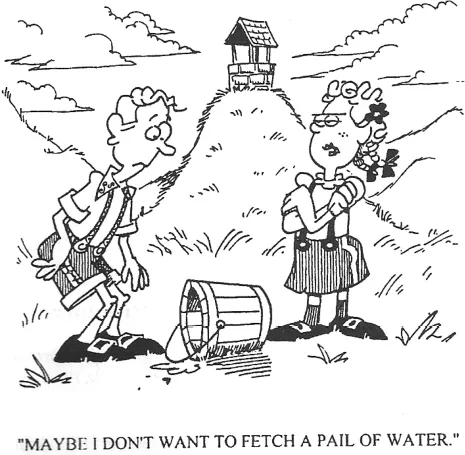
Fundamentals of Performance Improvement
Optimizing Results through People, Process, and Organizations
Darlene Van Tiem, James L. Moseley, Joan C. Dessinger
- English
- ePUB (handyfreundlich)
- Über iOS und Android verfügbar
Fundamentals of Performance Improvement
Optimizing Results through People, Process, and Organizations
Darlene Van Tiem, James L. Moseley, Joan C. Dessinger
Über dieses Buch
Fundamentals of Performance Improvement, 3rd Edition
Fundamentals of Performance Improvement is a substantially new version of the down-to-earth, how-to guide designed to help business leaders, practitioners, and students understand the science and art of performance technology and successfully implement organizational and societal change. Using the Performance Improvement / Human Performance Technology (HPT) model, the expert authors explain step-by-step how to spot performance indicators, analyze problems, identify underlying causes, describe desired results, and create workable solutions.
"It does not matter what function you align yourself to in your organization, this book allows you to tap into the secrets that drive organizational success. Several books work to define what is performance improvement and performance technology. This one also provides insights into the Why? And How?"
—CEDRIC T. COCO, CPT, SVP, Learning and Organizational Effectiveness, Lowe's Companies
"Fundamentals of Performance Improvement is full of practical models and tools for improving the world by partnering with customers, clients, constituents, and colleagues. It provides a path forward for successful transformation and performance improvement at personal, group and collective levels. It is a must read for leaders and consultants seeking to advance opportunities in new and emerging situations."
—DIANA WHITNEY, PhD, president, Corporation for Positive Change
"If you have an interest in performance improvement, this is simply the best available book on the topic. It addresses the science and craft as well as the intricacies of how to improve workplace performance. Van Tiem, Moseley, and Dessinger have incorporated into this work the best available research on the Certified Performance Technology (CPT) standards and process."
—JAMES A. PERSHING, Ph.D., CPT, professor emeritus, Workplace Learning and Performance Improvement, Indiana University
"Its international flavor, with practitioner comments and examples drawn from across the world, enhances its appeal as more and more professionals operate in an increasingly global context."
—DALJIT SINGH, Asia Pacific Director of Talent Management, Baker & McKenzie, Sydney, Australia
Häufig gestellte Fragen
Information

| Discipline | Focus | Contribution |
| Behaviorism | Predicting behavior | Small steps of instruction and feedback |
| Learn to manipulate and control the environment by the individual’s responses to it | ||
| Diagnostic and Analytical Systems | Data as basis for understanding behavior | Practitioners use comprehensive analytical tools |
| Diagnosis is based on gap (difference between desired and actual situation) | ||
| Causes of situation are defined before intervention is selected and implemented | ||
| Instructional Systems Design and Organizational Learning | ADDIE (analysis, design, development, implementation, and evaluation) model, forerunner of the Performance Improvement/HPT Model | Developed in 1940s and 1950s, responding to need to train thousands of military personnel during World War II |
| Various instructional methods were found to be valuable, such as role play, video, case study, and lecture | ||
| Organization Design (OD) and Change Management | Changing performance at organizational and individual levels | OD interventions improve culture, group dynamics, and structure of organization |
| Change management helps individuals and groups adapt to change through timely information, appropriate resourc... |